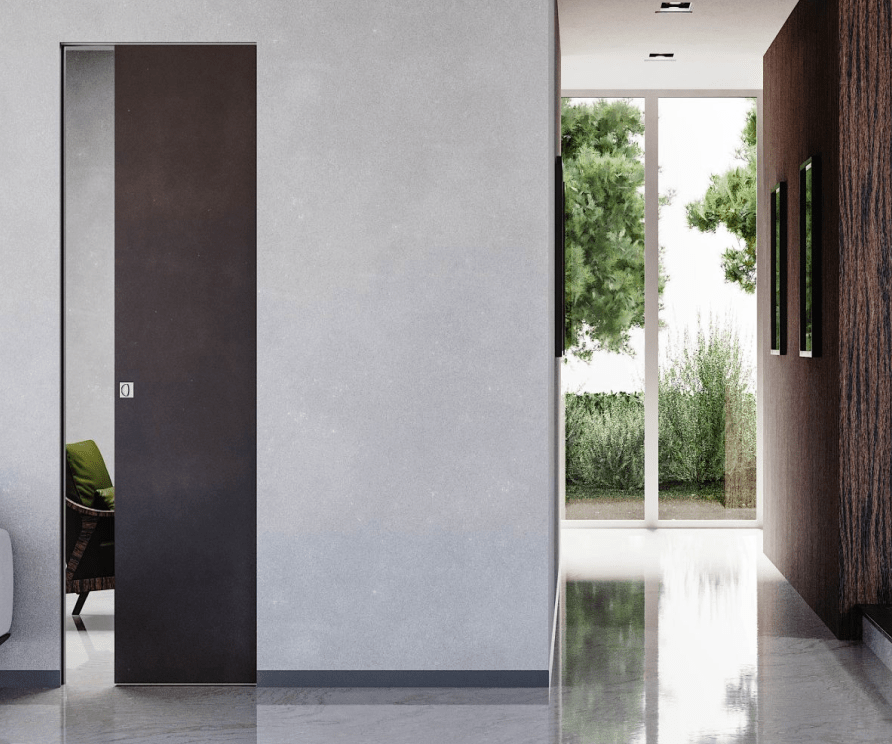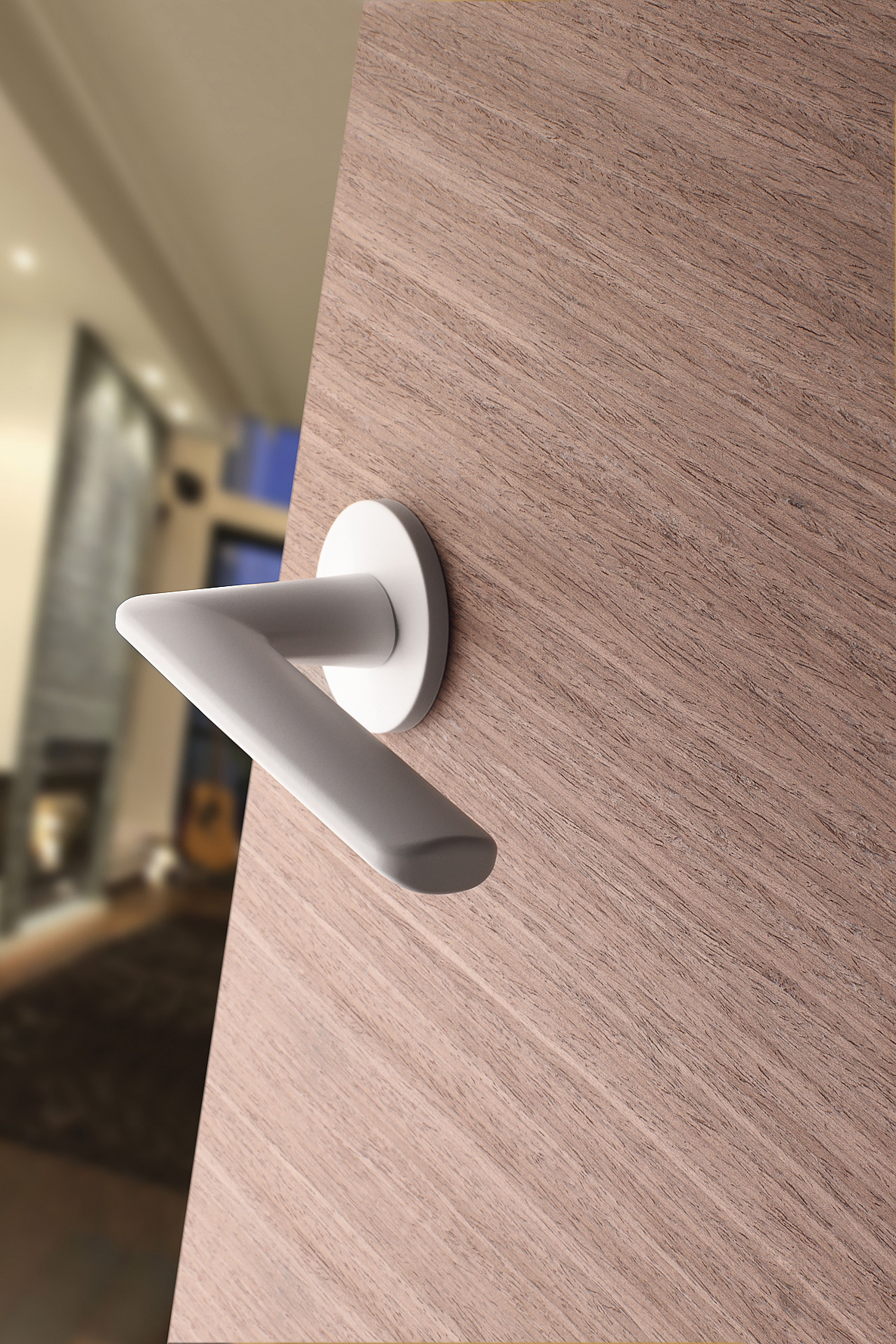When selecting a Euro cylinder for your door, you’ll need to consider both the size and type of cylinder that will be compatible with your lock and door configuration. Euro cylinder locks are barrel-shaped locks and can also be known as barrel locks, profile cylinder locks or pin tumblers.
Here’s how you can determine the appropriate size and type:
1. Measure the cylinder length: Measure the total length of the cylinder from one end to the other, excluding the thumb turn if your cylinder has one. The measurement should be taken from the central fixing screw hole (where the cylinder is attached to the door) to the edge of the cylinder on both sides.
2. Determine the cylinder type: Euro cylinders come in various types based on their functionality. The two common types are:
- Single cylinder (also known as half cylinders): This type of cylinder has a key on one side and a fixing screw hole on the other side. It is typically used on doors where a key is required to enter or exit. These locks are usually used for keyed access from the exterior, for example on garage doors, or for large cupboard doors requiring locking from only the outside.
- Double cylinder Key to Key: This type of cylinder has a keyhole on both sides, requiring a key to enter or exit from both the inside and outside of the door. Double cylinders provide higher security but can pose a safety risk as they require a key for emergency exit.
- Double cylinder Key to Turn: This type of cylinder has a keyhole on one side, and a thumbturn on the other side requiring a key to enter or exit from the key side of the door and can be released with a thumbturn on the other side. Double cylinders Key to Turn provide higher security and reduce the safety risk as they don’t require a key for emergency exit. You may consider using these on doors that require security from the outside but as a means of emergency escape from the inside – e.g apartment doors where fire regulations stipulate the doors need to be easily opened from the inside without a key.
3. Choose the appropriate size. Once you have measured the cylinder length, you’ll need to choose a cylinder that matches your measurement. Euro cylinders typically come in various lengths, such as 30/30, 35/35, 40/40, etc., where the first number represents the measurement of one side and the second number represents the measurement of the other side. For example, a 30/30 cylinder is 30mm in length from the central fixing screw hole to each end.



It’s important to note that the cylinder should not protrude significantly beyond the door handle or escutcheon, as it may make the cylinder vulnerable to attacks, however, you must take into account the depth of the escutcheon that will be fitted around the cylinder. Usually these are 8-10mm.
4. Consider additional features. Euro cylinders may also have additional features to enhance security, such as anti-snap, anti-drill, or anti-pick properties. These features can provide increased protection against common methods of attack. You may choose a cylinder with these features based on your security needs and budget.
5. Cylinders come in different strengths. Cylinder locks are a great choice for external doors – front, back, side and patio doors of a property. We would recommend a 15-pin cylinder lock for external situations, which offers more security than their 5-pin alternatives.
There are a number of common scenarios in which you may consider using a euro cylinder as an internal lock:
- Office spaces where doors need to be locked for segregation/privacy/security
- A rented home of multiple occupancies
For internal doors, 5-pin cylinders are suitable for most applications. Any fire regulations would need to be considered when you choose a lock as you’ll likely require a thumb turn euro cylinder which can be unlocked easily from one side without a key in the event of an emergency.
6. Key Alike Cylinders. A keyed alike system is one where one key will operate all locks. For example, the front and back doors of your home could be opened with the same key. This can be very useful for people wishing to avoid having multiple keys.
7. Key to Differ Cylinders. This means when a lock is only opened by its own key. This is the most common and cost-effect option.
It’s recommended to consult with a locksmith or a knowledgeable professional to ensure you select the correct Euro cylinder size and type for your specific door and lock requirements. They can provide you with expert advice and assistance in making the right choice.
View Atlantic’s range here: https://atlantichandles.com/product-category/cylinders/






